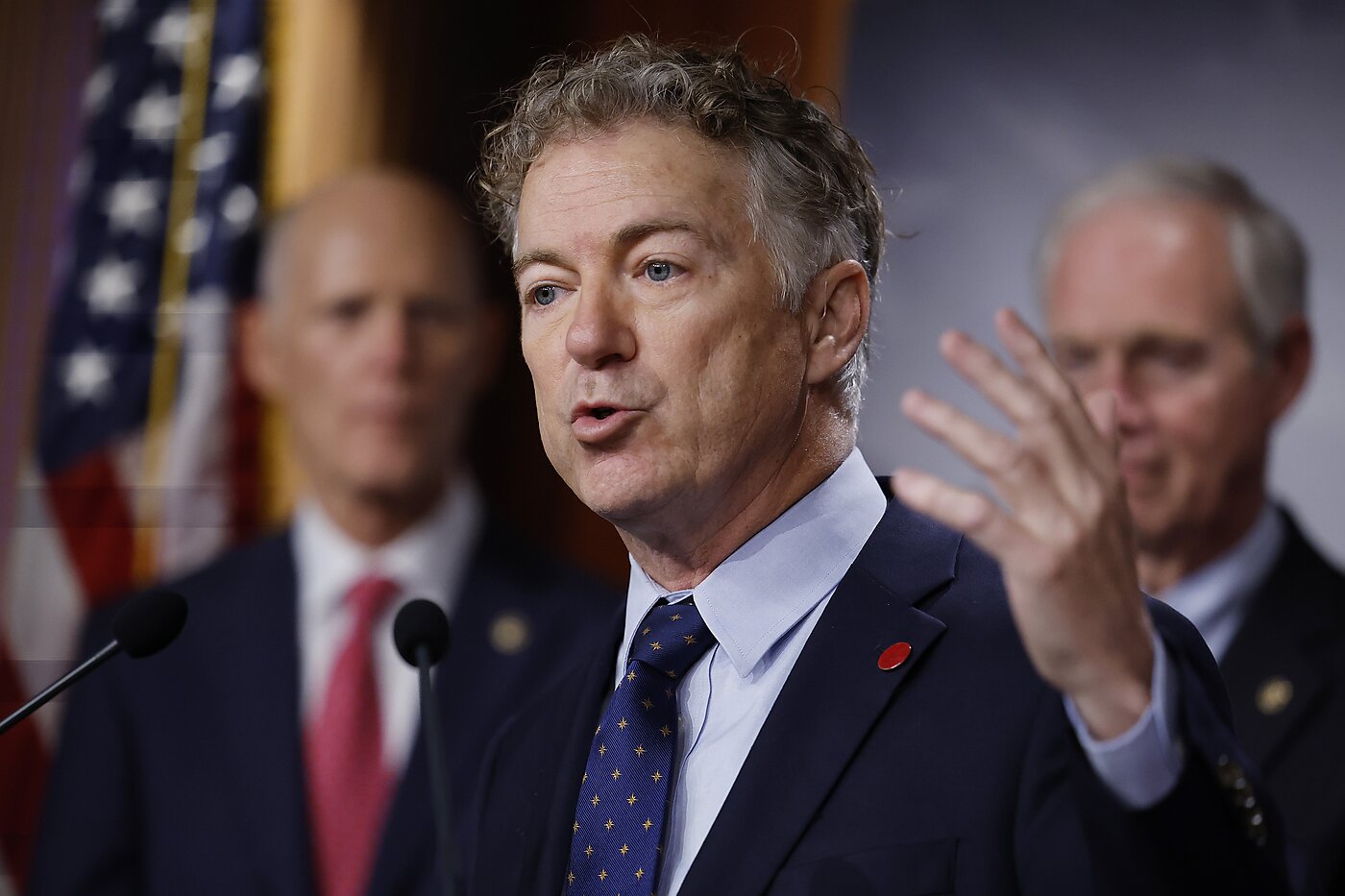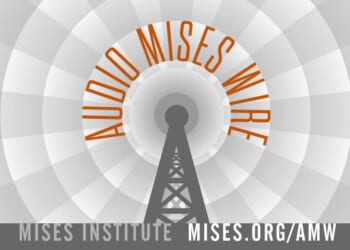On November 9, Senate Republicans reached a deal with eight Democratic senators to end the government shutdown. Although Congress and the president have yet to formally approve the package, it seems likely that the longest shutdown in US history will soon end.
Predictably, the deal is a mixed bag that punts most of the hard decisions to the coming months. Democrats agreed to pass full-year appropriations for the Department of Agriculture, Veterans Affairs, military construction, and legislative operations, with remaining agencies funded on a temporary basis through January 30. In exchange, Senate Majority Leader John Thune promised a December vote on the expiring enhanced Obamacare subsidies. The deal also walks back executive branch reductions-in-force (RIFs) that took place over the shutdown and cracks down on the hemp industry.
That’s hardly a deal that free-market-minded individuals should celebrate, but few bipartisan deals ever are.
For those negatively impacted by Washington’s shutdown theatrics—from air travelers to SNAP beneficiaries—the shutdown deal will be a welcome relief from government-induced pain. However, the deal largely papers over the most difficult questions: full-year appropriations and Obamacare. On those two issues, beware congressional profligacy.
Obamacare
Following last week’s disastrous electoral performance and with midterms on the horizon, moderate congressional Republicans may feel tempted to cave to Democrats’ demands to extend pandemic-era plus-ups for Obamacare subsidies. Doing so would be a mistake, both fiscally and for health care markets.
Locking in the “enhanced ACA subsidies” would add roughly $488 billion in new spending over the next decade, significantly boost the deficit, and make permanent what was originally a temporary, crisis-driven plus-up. This costly, deficit-financed federal intervention is also an inefficient, wasteful use of taxpayer funds because it subsidizes insurance companies, well-off Americans, and low-value health care consumption. Just as troubling, these credits act as a bailout for bankrupt states and cities—disproportionately in Democratic jurisdictions—allowing them to push early retirees onto Obamacare at federal taxpayers’ expense.
Legislators should let the subsidies expire and reduce costs by expanding supply, including by deregulating health insurance and freeing individuals to get better, more affordable coverage.
Appropriations
If the three proposed full-year appropriations bills are any indication, expect little in the way of real spending restraint come January. For Veterans Affairs and military construction, base discretionary spending increases from $146.6 billion in FY25 to $153.3 billion in FY26. Legislative branch spending also increases year over year, from $6.7 billion in FY25 to $7.2 billion in FY26. Agriculture spending, meanwhile, remains roughly flat compared to last year, at $26.7 billion for FY26.
Should Congress pursue a full-year continuing resolution for temporarily funded agencies, the deal would result in $1.68 trillion in total discretionary spending for FY26.
By and large, this deal continues current spending habits or increases them, a far cry from real restraint. Many of the more promising spending cuts contained in the president’s FY26 budget are not reflected in these bills. That’s a disappointing, if not predictable, result from a spendthrift Congress.
Rather than kicking the can down the road, Congress should pair full-year discretionary appropriations with budget-process reform, restoring binding discretionary caps, curbing the abuse of emergency designations, and cutting spending to pre-pandemic levels. Until that happens, any new funding deal will amount to a continuation of Biden-era spending (or worse). With $2 trillion deficits, Congress desperately needs to credibly signal fiscal restraint. That starts with good fiscal planning.
Unfortunately, as Senator Rand Paul warned, Congress plans to entirely waive the existing statutory requirements to offset new borrowing under Pay-As-You-Go (PAYGO). Under PAYGO, deficit-financed laws trigger automatic offsetting spending reductions spread over the subsequent five to ten years. Because Congress authorized $3.4 trillion in new borrowing through the One Big Beautiful Bill Act (OBBBA), PAYGO requires that future spending be automatically reduced by a corresponding amount. By wiping the PAYGO scorecard clean and avoiding planned automatic offsets, Congress is officially blessing the massive deficit impact of the OBBBA. The deal also sneaks in $2.1 billion in new mandatory spending increases—mostly for health care—which Congress also excludes from the PAYGO scorecard. Note that PAYGO rules only apply to direct spending and revenues—not discretionary appropriations.
Wiping the PAYGO scorecard isn’t particularly unusual—Congress routinely skirts the fiscal rules it writes for itself—but it doesn’t bode well for our fiscal outlook.
Ending the shutdown is good for America. Ending the spend-now, reckon-later habit will be a much more difficult task, but a more essential one.



















